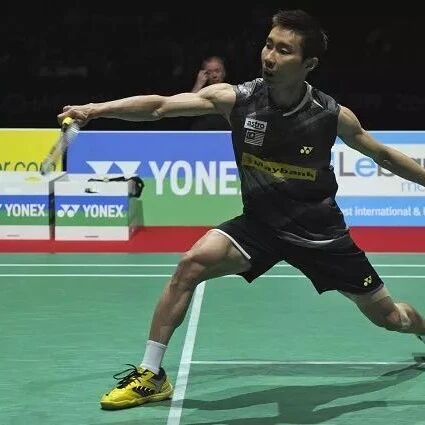Details reveal skill—can you pass the little ball challenge?
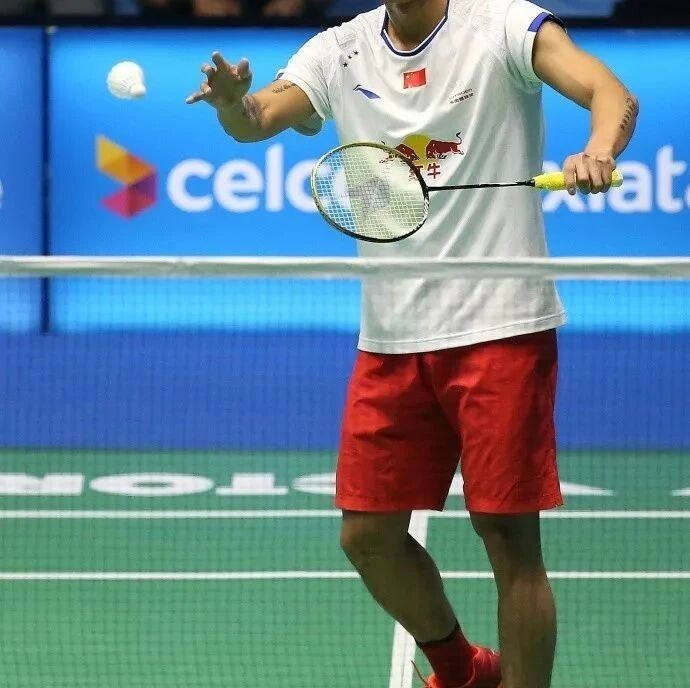

Actually, everyone falls into a common misconception: they assume that players who use a backhand flick to serve short balls in singles are highly skilled—after all, professional champions often serve this way. But in reality, many players end up being put on the defensive precisely because of this very technique.
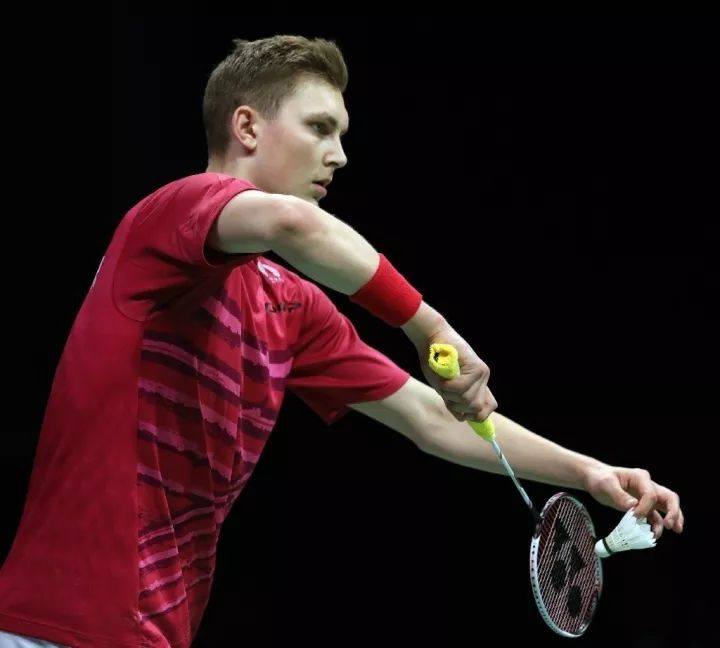
When playing singles, using a backhand flick to serve a short ball is cool, but if you want to make your serve even more threatening, keep these key points in mind:
1. Hit the net drop shot, making sure to control the height as it clears the net.
The requirements for serving a single serve are slightly lower than those for a doubles serve—there’s no need to hit the ball directly over the net.
However, it shouldn’t be too high either, as an excessively high trajectory makes it easier for opponents to smash or push the ball back to the baseline. Ideally, you should aim to keep the ball’s highest point of flight on your side of the net—this way, when the ball clears the net, it drops downward, leaving your opponent with no chance to smash or push it back.
2. Serving Position
When your serve keeps going too high, position yourself slightly further back to ensure the peak of the ball's trajectory lands on your side. And when your serve keeps hitting the net, move forward a bit—this will help you clear the net with the highest point of your serve.
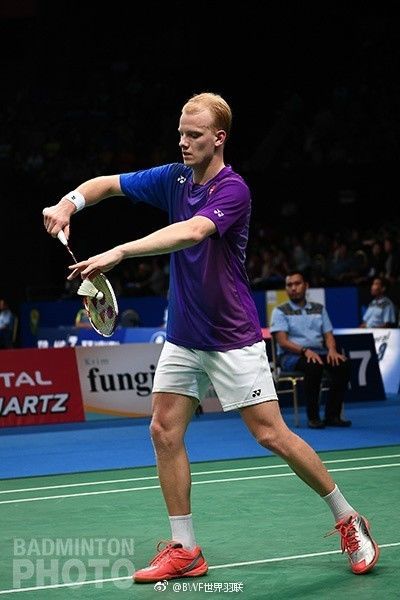
If your opponent tends to aggressively attack the net, position yourself slightly closer to the service line; but if they prefer hitting shots from the backcourt, move your serving position further back.
3. Serving the ball while simultaneously stealing in the backcourt
When your opponent gets used to your short serves, they’ll start positioning themselves further forward—especially if they’re the type who loves to attack immediately after receiving serve. At this point, sneaking in a backcourt serve can produce an unexpected and powerful effect, throwing off their timing and making them hesitate before committing to their next shot. And if your motion is consistently deceptive, executing a well-timed backcourt serve can make it incredibly easy to fool your opponent into misjudging your intentions.
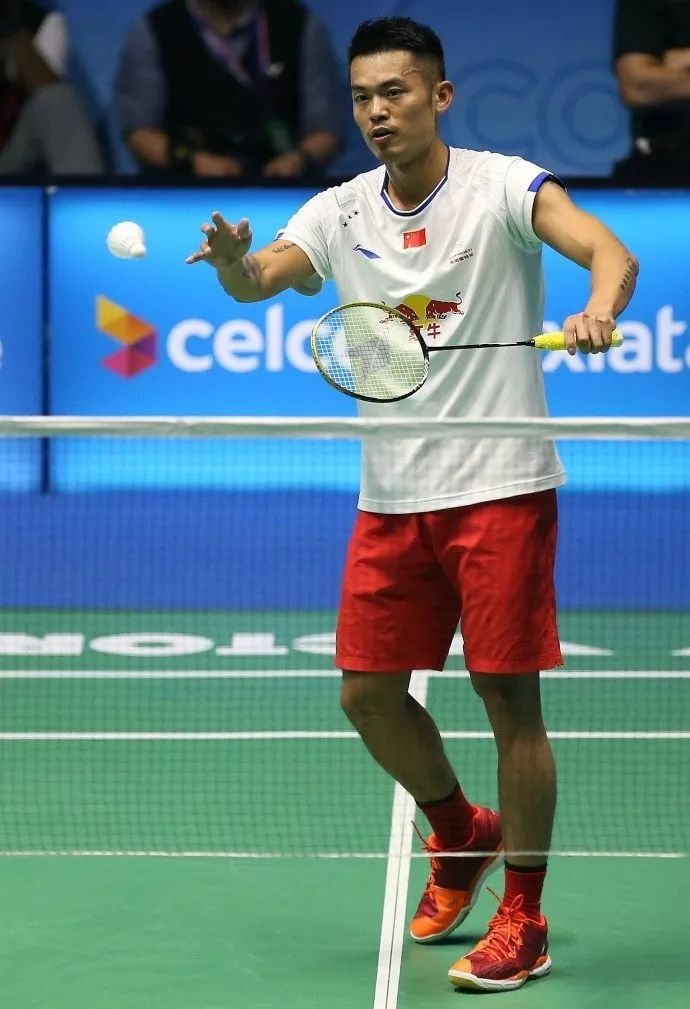
4. Good footwork is essential.
Hitting a lob shot places extremely high demands on the server's footwork—especially when the opponent tends to push the server’s backhand baseline. If the server fails to move into position quickly enough, that single push shot from the opponent could directly seal the point.
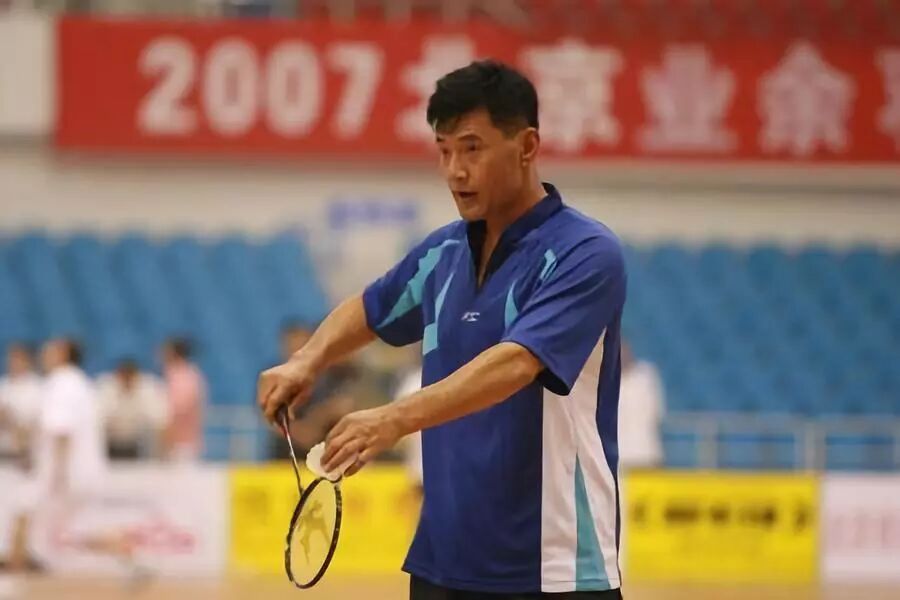
So when you serve the ball and your opponent keeps returning it in a passive way, that’s a sign your footwork isn’t smooth enough. In this situation, it’s time to switch up your serving technique—otherwise, you might end up hurting yourself.
5. After serving, take your position at the "T" point.
After you serve, position yourself half a meter behind the "T" point—this way, no matter what your opponent returns, you’ll be ready to react quickly. Avoid moving forward to the net prematurely, as this could leave you unprepared for their drop shots or net play.
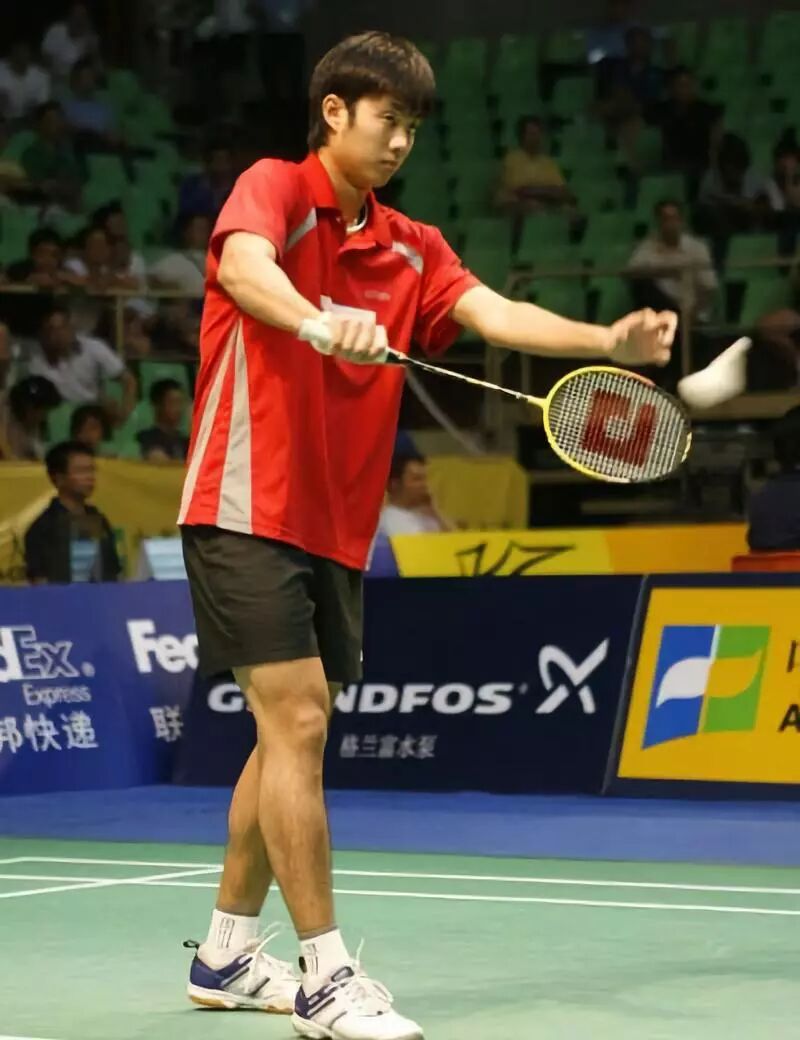
6. Stay focused when serving.
When serving, stay fully focused—don’t let your mind wander. Avoid letting your eyes drift aimlessly, as this subtle detail can easily give away your strategy to your opponent, potentially shifting the advantage in their favor.
After serving, it’s even more important to focus on observing your opponent’s swing motion—this makes it easier to anticipate their return trajectory. Yet many players overlook this critical step, often leaving themselves at a disadvantage right after the serve.
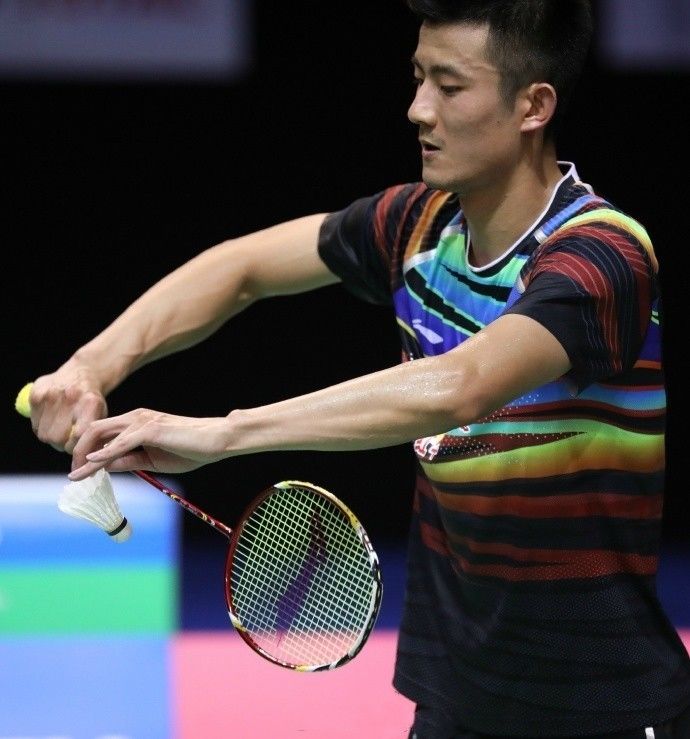
Generally speaking, in singles play, if your amateur opponent excels at backcourt attacks, you can opt for a backhand drop shot. This strategy helps neutralize their offensive strengths, since professional players often deliver powerful backcourt shots that could easily be countered with a single, aggressive forehand return. That’s why most professionals rely on the backhand drop shot instead. On the other hand, if your amateur opponent struggles with backcourt attacks, you might choose to use a high, deep forehand lob. This technique keeps your opponent pinned back in their court. So, don’t simply copy what others do—instead, tailor your technical choices to counter your opponent’s specific weaknesses for optimal effectiveness.
More article recommendations:
In badminton matches, seemingly ordinary actions by athletes actually serve a big purpose!
In badminton doubles, these things are even more important than technique.
Zhao Jianhua, Yang Yang, and Li Mao have prepared over 100 lessons for everyone, covering techniques like badminton net play, backhand cross-court hooks, and smashes. Click "Read the Original Article in the Bottom Left Corner" to check them out! If you're looking to improve your badminton skills, don't miss this opportunity—definitely worth it!

Related Articles
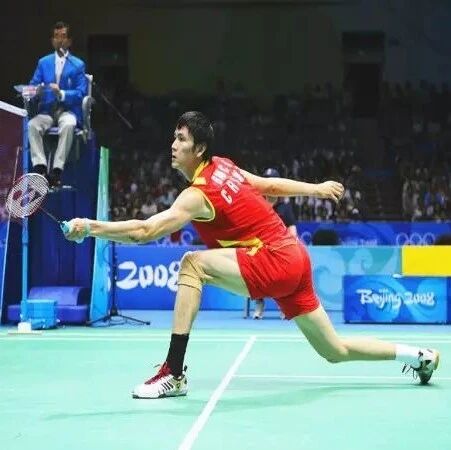
Having trouble with slow start-up speed in badminton? Try shifting your center of gravity—it’ll make an immediate difference!
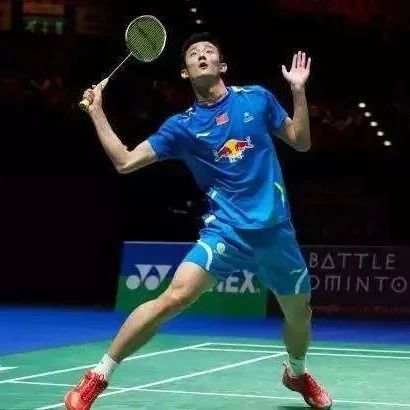
What do you do when you run into a "power hitter" while playing badminton? Just take the edge off their game!
